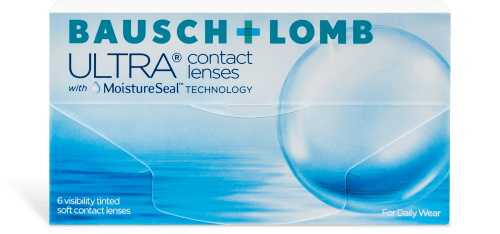Squalane + Marine Algae Eye Cream – Biossance
Biossance’s Squalane + Marine Algae Eye Cream, This award-winning cream quickly and visibly lifts, firms, and diminishes fine lines.
Skin Type: Normal, Dry, Combination, and Oily
Skincare Concerns: Fine Lines and Wrinkles, Dryness, Loss of Firmness and Elasticity
Formulation: Lightweight Cream
Highlighted Ingredients:
– Marine Algae Complex: Visibly reduces fine lines and wrinkles.
– Paracress Extract: Quickly smooths and firms the look of skin.
– Squalane: Weightlessly locks in essential moisture.
Ingredient Callouts: This product is vegan and cruelty-free.
What Else You Need to Know: Activated by elasticity-boosting paracress and firming pink marine algae, this clinically shown formula delivers results immediately after application. Providing exceptional hydration and a crease-free canvas for makeup, the mica-free formula melts into skin and color corrects the look of dark circles with a natural pink hue.
Clinical Results: In a 28-day clinical study of 33 women ages 35 to 60, after 7 days and 28 days of twice-daily use:
– 100% showed clinical improvement in the appearance of eye-area fine lines and wrinkles
In a 28-day consumer-use study of 33 women ages 35 to 60, 5 minutes following 1 application:
– 97% instantly saw eye-area skin appear firmer
– 91% instantly saw a visible lift in the eye area
Clean at Sephora
Clean at Sephora is a curation of brands committed to evolving the beauty industry. When you see our Clean seal, you can be sure this brand’s products are formulated without certain ingredients that are potentially harmful to human health and the environment and also address ingredients clients are concerned about, including phthalates, formaldehyde or formaldehyde releasers, oxybenzone and octinoxate, hydroquinone, triclosan, coal tar, methylisothiazolinone and methylchloroisothiazolinone, insoluble plastic microbeads, and more. For the full list, check out the Ingredients tab.






by Omar
Great product , I like it but I feel like it’s way expensive but other wise I like it definitely would buy if it cheaper.
by Veron
Love this eye cream i have been using it at night under my eyes and in the morning it is leaving my under eyes so smooth and leaves it feeling refreshed. I love how there isn’t much of a smell. My skin is pretty sensitive and this doesn’t irritate my skin.
by Ashley
I am very pleased that I was gifted by BIOSSANCE with this eye cream because I was looking into it for a long time. I have visible wrinkles around one eye and I am constantly searching for something to help me. This cream is very hydrating and my eyes skin is so soft. So far I am happy to use it.
by Lora
This eye cream has such a beautiful texture that glides like a dream and sinks in immediately leaving my skin feeling plump and nourished. I’ve been using it for a few weeks and love the way it performs so far. Can’t wait to see the anti-age results in the long run!
by Paul
The eye cream was gifted by Biossance. I love it very much! Since I started seeing those wrinkles around my eyes, I have been hunting for eye cream to control the wrinkles. It is amazing that I can see the difference agreeing using this eye cream from Biossance. I like it’s rich and moisturized texture and absorbs well. I will continue using it and the wrinkles become less obvious in long run.
by Sarah
This is the first time I have used the Squalane + Marine Algae Eye Cream and I liked using it. After I applied the cream, my skin felt smooth, it wasn’t oily, and the product smells good, without being overpowering.